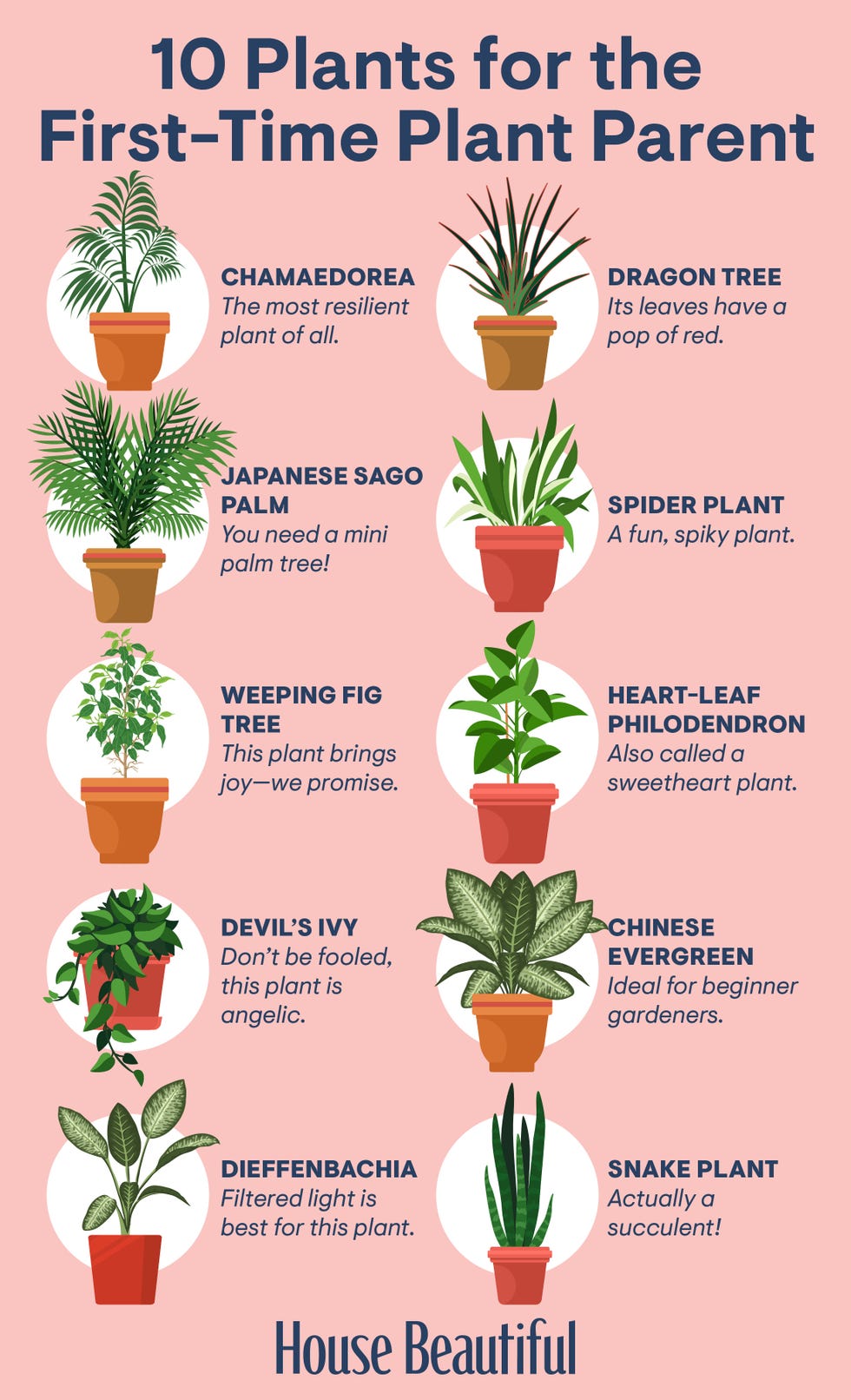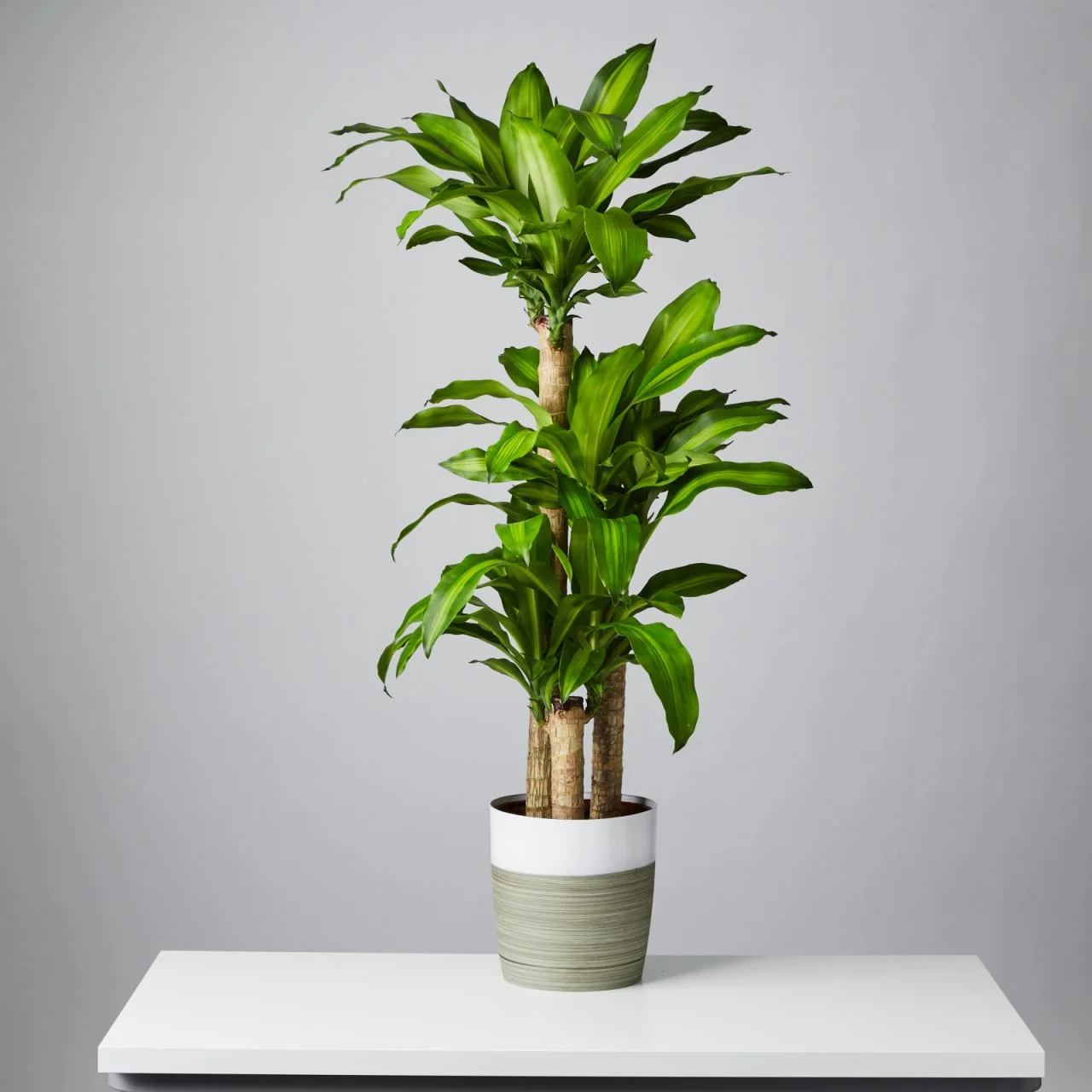Top Picks for the Best Low-Light Indoor Plants to Brighten Your Room
Top Picks for the Best Low-Light Indoor Plants to Brighten Your Room
Blog Article
Discover the most effective Low-Light Indoor Plants for Enhancing Your Home Design
Including low-light indoor plants into your home décor can significantly enhance both visual appeals and atmosphere, specifically precede that lack plentiful all-natural light. Ranges such as the Snake Plant and ZZ Plant not just bring life to dim corners but additionally add to enhanced air high quality and general well-being. Recognizing the unique features and treatment needs of these plants can bring about a more unified living atmosphere. As we discover the leading choices and their creative applications, one might ask yourself how these choices can transform your area right into a thriving refuge.

Why Select Low-Light Plants
Why choose low-light plants in your interior spaces? The contemporary living setting usually provides obstacles such as limited all-natural light, making it difficult for standard houseplants to thrive. Low-light plants are particularly adapted to endure and grow in these problems, using a feasible solution for people looking for to improve their indoor areas without the included tension of keeping more light-demanding vegetation.
In enhancement to their resilience, low-light plants add dramatically to the visual appeals of an area. Their varied variety of colors, sizes, and forms permits special interior decoration possibilities, producing inviting and lively ambiences. Moreover, indoor plants are understood for their air-purifying high qualities, improving interior air quality by launching and filtering system contaminants oxygen, which can improve total health.
Low-light plants likewise require very little maintenance, making them particularly interesting busy people or those brand-new to horticulture. Their adaptability permits placement in different environments, from workplace to poorly lit corners of the home. By selecting low-light plants, you can take pleasure in the benefits of greenery without the constraints that usually accompany traditional gardening, ultimately cultivating a healthier and more visually enticing interior environment.
Leading Low-Light Indoor Plants
For those looking for to boost their indoor rooms with greenery that flourishes in low-light problems, numerous plant options stick out for their strength and visual appeal. The Serpent Plant (Sansevieria trifasciata) is a prominent option, recognized for its upright, sword-like fallen leaves and capacity to endure disregard. This durable plant can survive in poorly lit areas while boosting indoor air high quality.
Another superb alternative is the Pothos (Epipremnum aureum), identified by its heart-shaped leaves and trailing vines. When positioned on shelves or hanging baskets., Pothos is not just adaptable to reduced light but also supplies a striking aesthetic contrast.
The ZZ Plant (Zamioculcas zamiifolia) is equally remarkable, boasting glossy, dark green leaves that can cheer up any corner. Its dry spell resistance makes it suitable for busy home owners.
Treatment Tips for Low-Light Plants
Exactly how can you guarantee that your low-light interior plants prosper despite minimal sunshine? Initially, select the proper potting mix that gives good drainage while maintaining wetness. A well-aerated dirt, such as a blend of potting soil and perlite, can help prevent root rot.
Watering is crucial; low-light plants generally call for less constant watering contrasted to their sun-loving equivalents. Constantly check the top inch of the soil-- if it really feels completely dry, it's time to water. Beware of overwatering, as this can lead to fungal concerns and root degeneration.
Feeding low-light plants ought to be done moderately - Best low-light indoor plants. Use a well balanced, water-soluble plant food throughout the growing season, but get rid of or reduce fertilizing in the inactive months
Furthermore, dust can build up on fallen leaves, inhibiting photosynthesis. Gently wipe the fallen leaves with a damp cloth to keep them clean.
Finally, observe your plants very closely. Indicators of distress, such as yellowing leaves or leggy growth, can show that your plant needs modifications in treatment (Best low-light indoor plants). By adhering to these care pointers, your low-light indoor plants can prosper, adding elegance and vigor to your home
Innovative Ways to Display Plants
Boosting the visual charm of your indoor area can be accomplished by attentively presenting your low-light plants in innovative visit this page methods. Take into consideration using vertical room to your benefit; wall-mounted racks can showcase routing plants like pothos or philodendron, adding lushness while saving floor space. Make use of plant stands of varying heights to create aesthetic interest and depth, drawing the eye upward.
Hanging planters are one more superb alternative, using a dramatic effect when suspended from the ceiling or hooks. Macramé hangers can present structure and bohemian style, while modern-day ceramic hangers can fit a minimalist aesthetic. For an extra ingenious technique, repurpose one-of-a-kind containers such as classic teacups or glass containers, which can add personality to your display.
Grouping plants in clusters is additionally reliable; use differing pot dimensions and colors to develop a natural look. This approach not just enhances aesthetic effect however additionally supplies a natural environment feel - Best low-light indoor plants. Last but not least, consider putting plants near lights like windows or lamps to enhance their development and display their vivid foliage, hence boosting the general atmosphere of your indoor environment.
Benefits of Indoor Plant
Many studies have actually shown that integrating indoor greenery into your home provides a wide range of advantages, enhancing both physical and psychological wellness. One of one of the most significant advantages of interior plants is their capability to improve air high quality. Plants soak up co2 and launch oxygen, producing a much healthier environment while likewise removing damaging contaminants, thus promoting respiratory system health and wellness.
In addition, the existence of plant has been connected to lowered anxiety levels. Research indicates that communicating with plants can lower cortisol levels, which are linked with stress. This soothing result can result in improved mood and boosted performance, making interior plants an optimal addition to work areas.
In addition, indoor greenery can enhance cognitive function. Research studies recommend that atmospheres improved with plants can bring about boosted emphasis, creativity, and overall psychological clarity. The aesthetic charm of interior plants also adds to a more inviting and positive environment, positively affecting social interactions and total complete satisfaction within a space.
Final Thought

Including low-light indoor plants right into your home decoration can considerably boost both aesthetics and ambience, particularly in areas that do not have abundant all-natural light. Varieties such as the Serpent Plant and ZZ Plant not only bring life to dim corners however additionally add to improved air high click over here quality and general health. Indoor plants are known for their air-purifying high qualities, improving interior air top quality by filtering contaminants and launching oxygen, which can improve overall wellness.
For those looking for to improve their interior areas with greenery that prospers in low-light problems, several plant choices stand out for their resilience and aesthetic appeal. These resistant plants, such as the Serpent Plant and ZZ Plant, thrive in dark problems and call for marginal maintenance, making them suitable for different way of livings.
Report this page